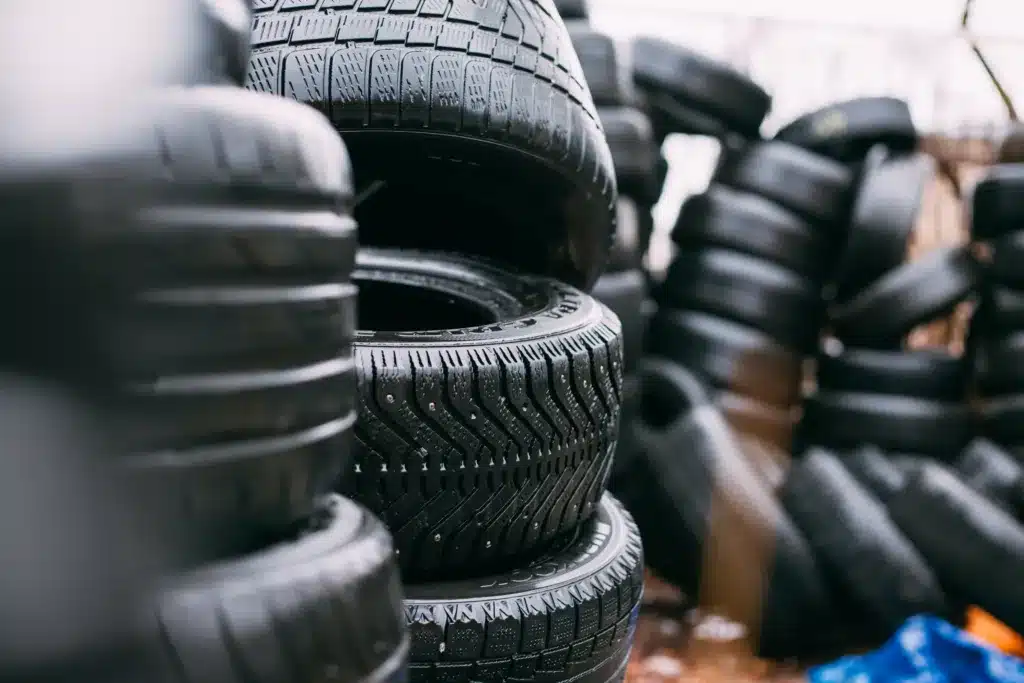The Ultimate Pre-Purchase Inspection Checklist for Your Next Car
Buying a car is a significant investment, and ensuring that you’re making the right choice is crucial. A pre-purchase inspection (PPI) can provide you with valuable insights into the condition of the vehicle and help you avoid potential headaches down the road. Whether you’re buying from a dealership or a private seller, following a comprehensive pre-purchase inspection checklist can save you from making a regrettable decision. In this article, we’ll walk you through the essential steps of a pre-purchase inspection to help you make an informed choice.

Vehicle History and Documentation
Ask for the vehicle’s documentation, including:
- Title: Ensure the seller has a clear title to the vehicle, and there are no liens or legal issues.
- Service Records: Review the maintenance history to see if the car has been regularly serviced and any major repairs have been done.
- Accident History: Obtain a vehicle history report to check for any reported accidents or damage.
You should start with this. If anything is wrong like the make model or even VIN on the title you don’t have to waste your time.
Exterior Inspection
Start by examining the car’s exterior. Look for:
- Paint and Body: Check for any signs of rust, dents, or paint discoloration. Inconsistent gaps between panels could indicate previous repairs.
- Tire Condition: Inspect the tread depth and look for uneven wear, as this might suggest alignment issues.
- Lights and Signals: Test all lights, including headlights, taillights, turn signals, and brake lights.
Under the Hood
Pop the hood and inspect:
- Engine Compartment: Look for signs of oil leaks, loose wires, or any unusual odors. Check the fluid levels (oil, coolant, brake fluid, etc.) and their condition.
- Belts and Hoses: Check for cracks, wear, or fraying on belts and hoses. These are crucial for the proper functioning of the vehicle.
- Battery: Look for corrosion on the battery terminals and check the battery’s overall condition.
Interior Examination
Move inside the car and pay attention to:
- Seats and Upholstery: Check for any tears, stains, or wear on the seats and other interior surfaces.
- Electrical Components: Test the air conditioning, heater, radio, power windows, and other electrical features.
- Odors: Note any strange or persistent odors, which could indicate underlying issues.
- Dashboard Lights: Make sure all warning lights turn on when the key is in the “On” position and turn off after starting the engine.
Undercarriage Inspection
Getting underneath the car is vital too:
- Frame and Suspension: Inspect the frame for rust or damage. Check the suspension components for signs of wear or leakage.
- Exhaust System: Look for any rusted or damaged parts in the exhaust system, which can lead to costly repairs.
Test Drive The Vehicle
A test drive can reveal a lot about the car’s performance:
- Start-up: Pay attention to how easily the engine starts and listen for any unusual noises.
- Driving Feel: Test the brakes, steering responsiveness, and suspension. Listen for vibrations or strange noises while driving.
- Acceleration and Braking: Check for smooth acceleration and responsive braking.
Be Cautious and Take Your Time
A pre-purchase inspection is an essential step when buying a car, whether it’s new or used. By following this comprehensive checklist, you’ll be better equipped to make an informed decision about the vehicle’s condition and whether it’s worth your investment. Remember, it’s always better to be cautious and thorough upfront than to deal with unexpected problems down the road. Happy car hunting!


